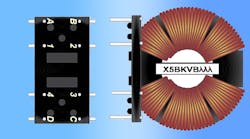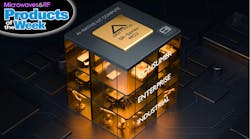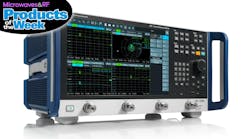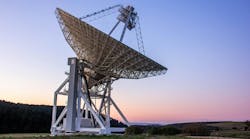Analysis of a 24- to 30-GHz Phased Array for 5G Applications (Part 1) (.PDF Download)
In 5G communication systems, the phased-array antenna is one of the lead front-end components that defines massive multiple-input, multiple-output (MIMO) performance. The trend outlined in recent years involves providing a robust and complete platform/wizard for RF/microwave engineers to develop more capable antennas and other RF front-end components in less time than before.1 In addition, systems that operate at millimeter-wave (mmWave) frequencies offer benefits that include small antenna sizes and more available bandwidth.2
However, a challenge arises due to the wide variety of application-driven requirements, which encompasses everything from both city and rural environments to realized gain, scan, and polarization performance attributes to impedance matching and more. Such an extensive number of requirements cannot be met by a single and one-time designed element. This means that any practically convenient modeling platform must contain an extensive library of predesigned antenna elements.








